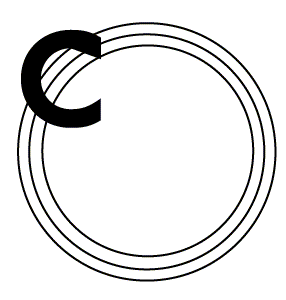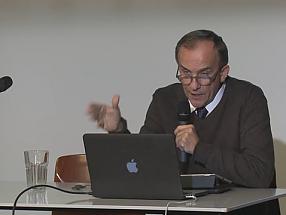Osbel Suárez - Cuban Concrete Art and its Latin American Connection
The Other Transatlantic. Theorizing Kinetic & Op Art in Central & Eastern Europe and Latin America
"The Other Transaltantic. Kinetic & Op Art in Central & Eastern Europe and Latin America" is a project in which we look at a brief, but historically significant moment in the post-war period (between 50s and 70s) when the trajectories of the Central and Eastern European art scenes on the one hand and their Latin American counterparts on the other converged in the shared enthusiasm for Kinetic and Op Art.
Lecture "Cuban Concrete Art and its Latin American Connection" by Osbel Suárez.
Osbel Suárez
BFA in Art History from the University of Havana. Lives and works in Madrid. From 1999 to 2008, he served as curator and exhibitions coordinator at the Museo Nacional Centro de Arte Reina Sofía. Among the exhibitions he has curated, special mention may be made of La pasión por el libro (MNCARS and Staatsbibliothek, Berlin, 2002), Jesse Fernández’ retrospective (MNCARS, 2003), Lo[s] cinético[s](MNCARS, 2007 and Tomie Ohtake Institute, 2008). The latter show, which won the Critics’ Award granted by the Sao Paulo Association of Art Critics, explored the kinetic art movement from a trans-historical perspective and vindicated the contributions of Latin America to the kinetic discourse. In 2009, Suárez curated for the Museu d`Art Espanyol Contemporany the exhibition Cruz-Diez. El color sucede and in 2011, he inaugurated at the Juan March Foundation América Fría. La abstracción geométrica en Latinoamérica (1934-1973.) In 2012, a significant part of the CIFO Collection was presented, under his curatorship, at the National Museum of Fine Arts in Havana. He has curated and written the prologues for exhibitions by Julio le Parc, Ana Mercedes Hoyos, Alberto Fabra, Antonio Asís, Francisco Sobrino, Leo Matiz, and Carmen Calvo, among others. He has been a member of the staff of the Master of Museology courses at the University of Granada, and has delivered courses and lectures in museums, universities and foundations in Europe, the United States and Latin America, where he is also an advisor for important collections.


